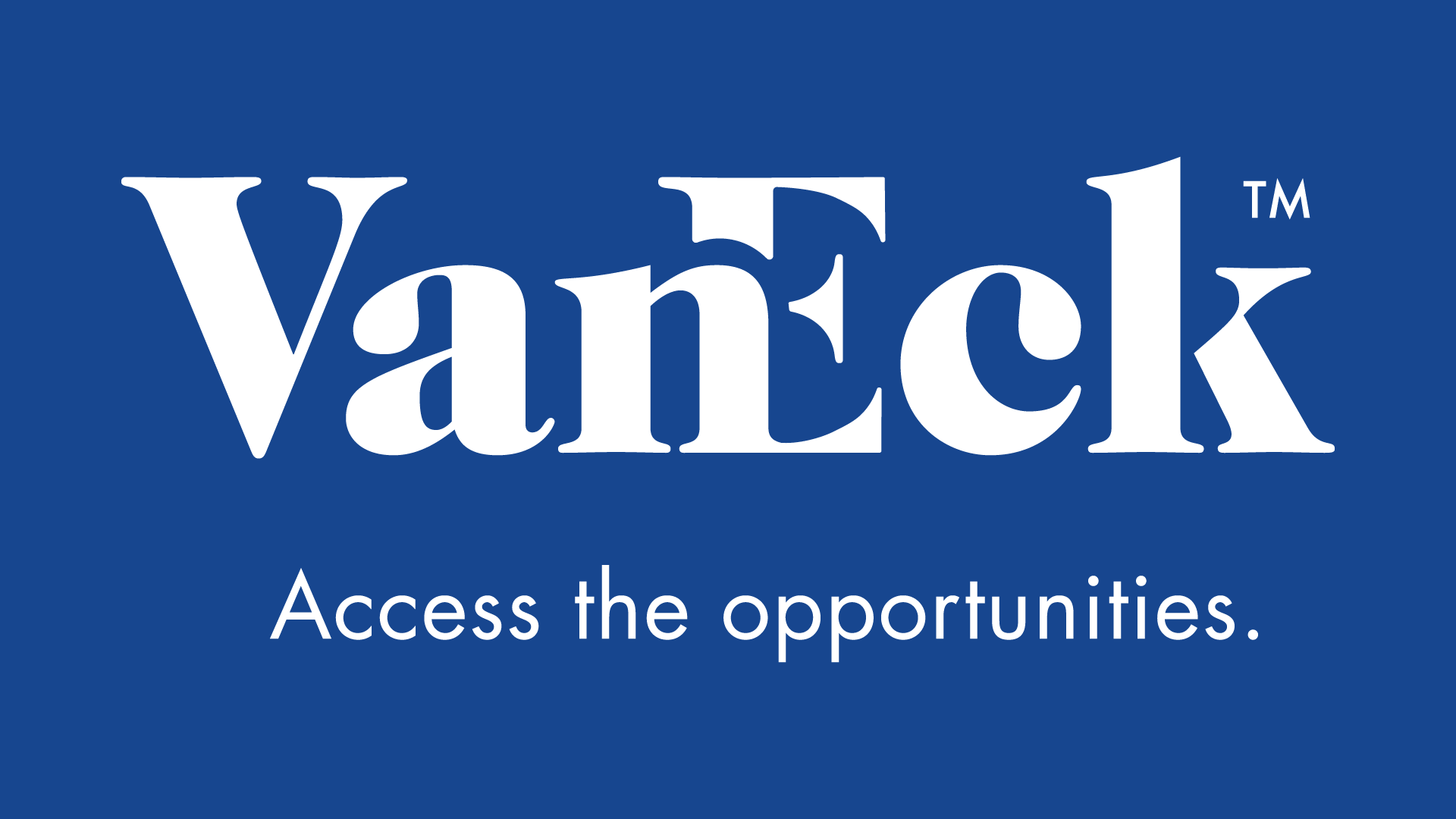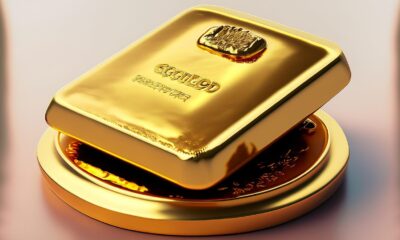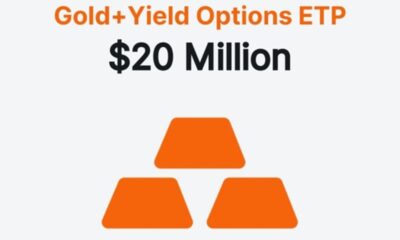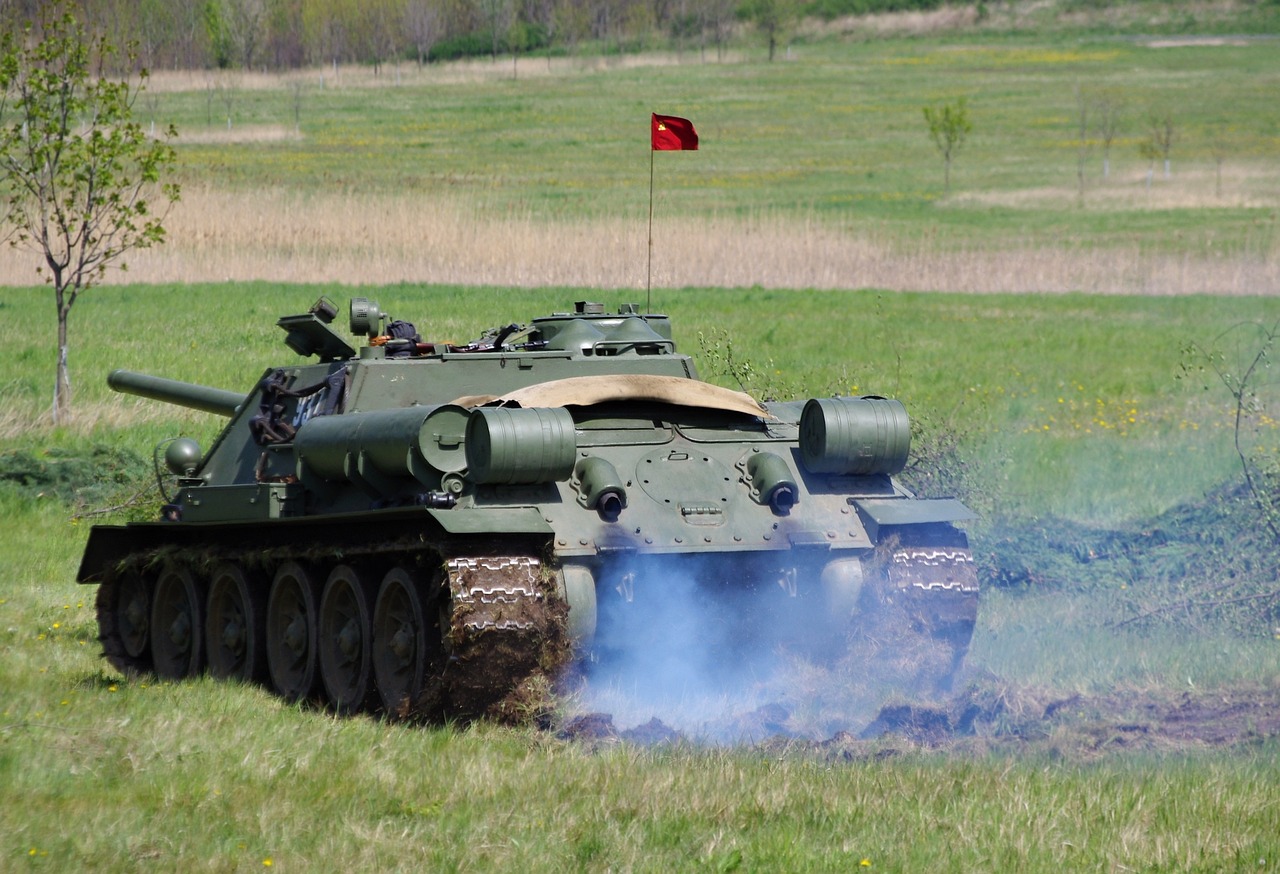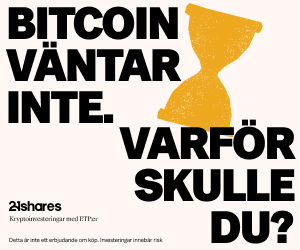Gold Reacts Positively on Market Events in China Van Eck Global’s gold specialist Joe Foster shares his monthly perspective on the gold market.
» Open Gold Market Commentary
Gold Reacts Positively on Market Events in China
By: Joe Foster, Gold Strategist
Please note that the information herein represents the opinion of the author and these opinions may change at any time and from time to time.
Market Review
Gold reacted favorably to the panic that afflicted global financial markets in August. Events unfolding in China brought weakness and volatility to markets around the world. Gold started trending higher on August 11 when the Chinese government made adjustments to the way the yuan is currently managed, enabling the currency to experience its largest two-day decline in more than a decade. Some analysts saw this as a desperate attempt by China to help stimulate its ailing economy through currency devaluation. With confidence waning, on August 18 China’s stock markets began a plunge to new lows for the year, with the Shanghai CSI 100 Index2 declining 24% in six trading days. This reverberated through global markets as commodities, emerging market currencies, and many developed market stock indices declined to new lows.
While the gold market encountered considerable volatility, gold bullion outperformed most asset classes in August with a $38.98 (3.6%) gain, compared to declines of 1.5% for copper, 1.3% for the U.S. Dollar Index (DXY)3, and 6.0% for the S&P 500 Index.4 Gold stocks felt the pressure of the general stock market selloff, however, they were still able to achieve gains for the month, as shown by the 2.06% advance in the NYSE Arca Gold Miners Index and the 4.66% gain in the Market Vectors Junior Gold Miners Index.5
Several indicators suggested tight supplies of physical gold in August. After experiencing heavy redemptions in July, gold bullion exchange-traded products became buyers, Shanghai Gold Exchange premiums trended higher, and gold forward lease rates turned negative. Offsetting these bullish indicators were reports of hedging by gold producers in Australia. With the Australian dollar gold price up 9.8% this year, some producers are seeing an opportunity to use limited hedging (selling gold forward) to ensure cash flows to high cost operations or to service debt.
Market Outlook
In August, gold performed as a safe haven investment, evidenced by its outperformance against most asset classes in the midst of widespread panic. Investors were afraid that further economic weakness in China might spread to engulf the global economy. Since 2013 gold has experienced several short-covering rallies sparked by geopolitical or financial stress. The last took place in January, when Greek debt problems reemerged and the Swiss broke its currency’s peg to the euro. These rallies had no legs because, in our opinion, the risks that drove them posed no real or lasting threat to the global economy, particularly the U.S. economy or financial system. Now financial risk is again driving gold and we ask, is this another temporary short-covering rally or the beginning of a sustainable trend? Once the short covering has run its course, is there enough investment demand to drive gold?
While the weak Chinese economy certainly bears watching, we believe international markets are overreacting. China has been working with the International Monetary Fund (IMF) and others to enable the yuan to achieve international currency reserve status. The IMF is expected to make a decision, which may come later in 2016, on whether to include the yuan in its currency basket. The recent disclosure of China’s gold reserves and moves to eventually enable the yuan to float freely are part of this process. It looks as though the Chinese government is learning the hard way that changing currency policy in the midst of a stock market rout is not the best timing.
The meteoric rise of the Chinese stock market this year was driven mainly by a change in margin rules that enabled retail investors to speculate. With the market crash, the Chinese government is again learning the hard way what happens when inexperienced investors are given access to loans used to speculate on the market.
While these events are important to China, their fundamental impact on the global economy and financial system dissipates as one moves further from Asia. The Asian crisis of 1997 – 1998 was much worse, eventually triggering a Russian debt default and the implosion of hedge fund management firm, Long Term Capital Management. Yet the U.S. economy survived unscathed and gold’s overall trend was down from 1996 to 1999. Similarly, we don’t believe current events in China can serve as the source of longer-term support for gold as a safe-haven investment in the West.
Rather than focus on China, we see far greater risk elsewhere. The markets are quite nervous, which is not a good backdrop at a time when the Federal Reserve (Fed) is poised to make a historic rate decision. With policy rates near zero, the Fed’s primary tool (rate cuts) to kick start the economy is useless, in our view. This probably accounts for much of the nervousness, as investors must decide whether a shock in Asia can generate a market tsunami that reaches U.S. shores with virtually no policy protection.
Now the rest of the world must wonder whether the Fed will set off a ripple effect with a rate increase that turns into a tsunami on distant shores. The U.S. economy is relatively healthy and could probably withstand a series of rate increases. However, the Japanese economy contracted by 1.6% in the second quarter.6
China’s struggles are widely known. Brazil is in recession. European growth is slow and consumer prices advanced just 0.2% (annualized) in August.7 The price of WTI crude oil fell below $40 per barrel in August and copper is nearing $2.00 per pound. The flow of easy money brought on by quantitative easing8 and the carry trade into emerging markets reversed course when the Fed began to taper a couple of years ago. The world outside of the U.S. is now on the verge of deflation. Will rising rates, a strong U.S. dollar, and economic opportunities in the U.S. suck the remaining economic life (growth capital) out of the global economy? Can the U.S. remain an island of prosperity?
An important difference between now and the period of the 1997 Asian crisis are the imbalances in the global financial system caused by radical monetary and fiscal policies. Imbalances in interest rates, sovereign debt, asset prices, and central bank holdings are currently at unprecedented levels. Raising rates in a weak global economy with macro imbalances has risks. Postponing or eventually reversing course would damage the Fed’s credibility and would risk a loss of confidence. As we move towards 2016, these are some of the issues that could be supportive of the gold market. The more probable source of systemic risk lies in Washington, D.C., not Beijing.
Important Information For Foreign Investors
This document does not constitute an offering or invitation to invest or acquire financial instruments. The use of this material is for general information purposes.
Please note that Van Eck Securities Corporation offers actively managed and passively managed investment products that invest in the asset class(es) included in this material. Gold investments can be significantly affected by international economic, monetary and political developments. Gold equities may decline in value due to developments specific to the gold industry, and are subject to interest rate risk and market risk. Investments in foreign securities involve risks related to adverse political and economic developments unique to a country or a region, currency fluctuations or controls, and the possibility of arbitrary action by foreign governments, including the takeover of property without adequate compensation or imposition of prohibitive taxation.
Please note that Joe Foster is the Portfolio Manager of an actively managed gold strategy.
Any indices listed are unmanaged indices and include the reinvestment of all dividends, but do not reflect the payment of transaction costs, advisory fees or expenses that are associated with an investment in the Fund. An index’s performance is not illustrative of the Fund’s performance. Indices are not securities in which investments can be made.
NYSE Arca Gold Miners Index (GDMNTR) is a modified market capitalization-weighted index comprised of publicly traded companies involved primarily in the mining for gold. 2CSI 100 consists of the largest 100 stocks in CSI 300. CSI 100 aims to comprehensively reflect the price fluctuation and performance of the large and influential companies in Shanghai and Shenzhen securities market. 3U.S. Dollar Index (DXY) indicates the general international value of the U.S. dollar. The DXY does this by averaging the exchange rates between the U.S. dollar and six major world currencies: Euro, Japanese yen, Pound sterling, Canadian dollar, Swedish kroner, and Swiss franc. 4S&P 500® Index (S&P 500) consists of 500 widely held common stocks covering industrial, utility, financial, and transportation sectors. 5Market Vectors Junior Gold Miners Index (MVGDXJTR) is a rules-based, modified market capitalization-weighted, float-adjusted index comprised of a global universe of publicly traded small- and medium-capitalization companies that generate at least 50% of their revenues from gold and/or silver mining, hold real property that has the potential to produce at least 50% of the company’s revenue from gold or silver mining when developed, or primarily invest in gold or silver. 6Cabinet Office Data Release, August 18, 2015. 7Eurostat data, August 2015. 8Quantitative easing (QE) is an unconventional monetary policy used by a central bank to stimulate an economy when standard monetary policy has become ineffective.
Please note that the information herein represents the opinion of the author and these opinions may change at any time and from time to time. Not intended to be a forecast of future events, a guarantee of future results or investment advice. Historical performance is not indicative of future results; current data may differ from data quoted. Current market conditions may not continue. Non-Van Eck Global proprietary information contained herein has been obtained from sources believed to be reliable, but not guaranteed. No part of this material may be reproduced in any form, or referred to in any other publication, without express written permission of Van Eck Global. ©2015 Van Eck Global.

 Nyheter3 veckor sedan
Nyheter3 veckor sedan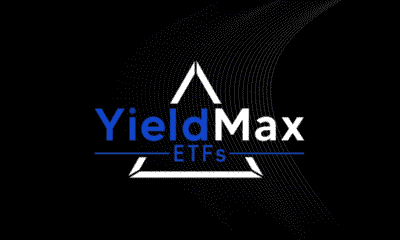
 Nyheter4 veckor sedan
Nyheter4 veckor sedan
 Nyheter4 veckor sedan
Nyheter4 veckor sedan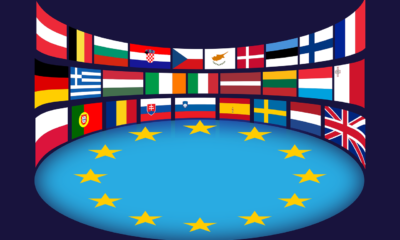
 Nyheter4 veckor sedan
Nyheter4 veckor sedan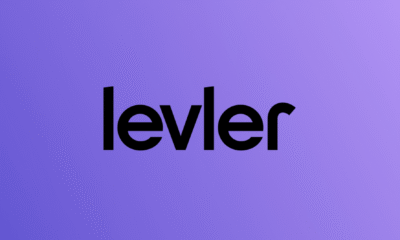
 Nyheter2 veckor sedan
Nyheter2 veckor sedan
 Nyheter4 veckor sedan
Nyheter4 veckor sedan
 Nyheter4 veckor sedan
Nyheter4 veckor sedan
 Nyheter4 veckor sedan
Nyheter4 veckor sedan
